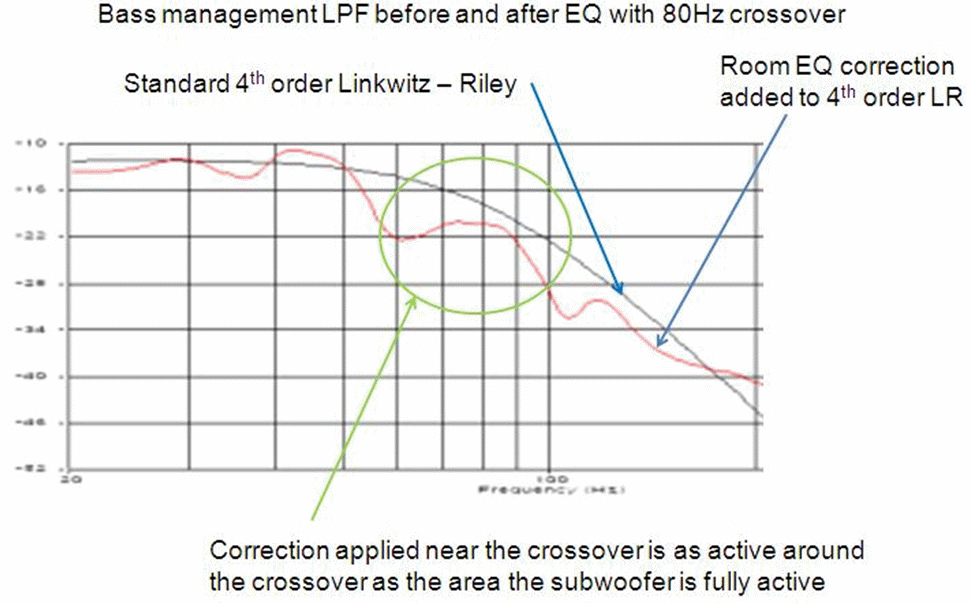En estos foros multimedia bien pocos dudan de la conveniencia del uso de subwoofers para el peliculeo, mas si nos centramos en la música, todavía muchos dudan. En otros foros, directamente los denigran para música.
Para mí, unas cajas decentes han de bajar mínimo a 50 Hz (-3 dB). Lo ideal, 38-40 Hz (-3 dB), ya no es tan fácil de lograr y menos que la respuesta sea plana en el tramo. De ahí la necesidad de subwoofers y ecualización de sala (una vez que la sala esté razonablemente acondicionada) si queremos alcanzar (y nos dejan) la excelencia a un coste asequible.
hometheaterhifi.com Subwoofers: A Brief Look at the Effectiveness of Using a Subwoofer in a Music System David A. Rich
We are faced with two questions: does the subwoofer go low enough; and, how loud must it play with inaudible distortion until it crosses-over to the main speakers...
A
floor-standing speaker (9" to 10.5" equivalent cone area) will have a -3dB anechoic response ranging from 40 - 60 Hz
(add 5 -15 Hz or so for a bookshelf speaker with 6.5" woofers). The 10% distortion point in an anechoic chamber for 100dB SPL RMS
(1 meter) will also occur in this frequency range.
Note that you cannot directly compare the equivalent cone area of the speakers in the passive floor stander to an active subwoofer with the same sized driver.
The subwoofer is designed to provide long voice coil excursion to achieve high SPL at low frequencies. The driver is also designed to deal with heat dispersion. By virtue of its design,
the driver [passive floor] often does not work well above 100Hz or so. The active electronics in the subwoofer allow for special protection modes to prevent the driver from becoming damaged. Overdriving a passive subwoofer below its passband can damage the driver...
Room effects are the most significant factor to impact the sound, not the subwoofer. This depends on the placement of the subwoofer and your seat
(Toole Sound Reproduction Loudspeakers and Room Focal Press, 2008; chapters 12 and 13). For those with the
Toole text, it is best to carefully review the sections on waterfall and other time-domain graphics...
 Conclusions
Conclusions
In summary,
a subwoofer enables realistic reproduction of the fundamentals of certain musical instruments. The cost is system complexity, including the
addition of an excellent room EQ to achieve frequency response flatness in the 60Hz – 135Hz range. If missing this mark for the fundamentals of a few notes at the lowest end of the scale is not of concern, then you may decide to forgo the complexity and cost of the subwoofer and room EQ for music reproduction. To achieve the full range and power of all acoustic instruments necessitates a subwoofer. The NHT B10d at SECRETS is a welcome adjunct to reaching this goal.
-> en castellano/español vía Google Translate




 LinkBack URL
LinkBack URL About LinkBacks
About LinkBacks

 Citar
Citar

 .
.




